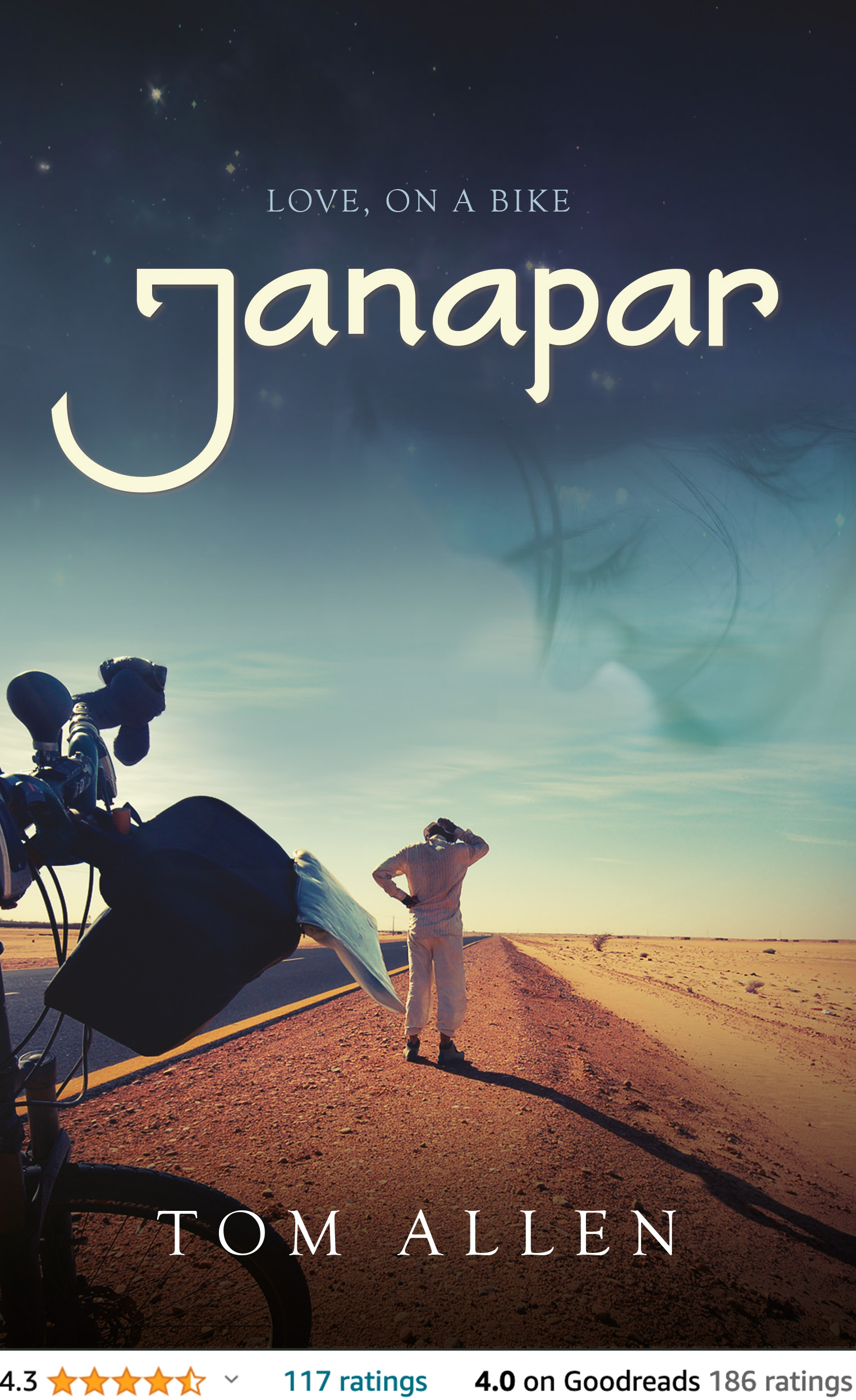Hi! I’m Tom, originally from England, but the island was too small.
For 18 years I’ve been pedalling the world... and peddling the word:
Travelling by bicycle is a revolutionary act, and the closest thing to freedom on the open road.
Here at TomsBikeTrip.com I tell original stories, trail-test new ideas, and share hard-earned lessons about cycle touring and bikepacking. A love of adventure has powered my AI-free blog since 2006. Welcome!

The blog: over half a million words of hard-earned cycle touring & bikepacking advice.
-
No Stupid Questions: How To Deal With Racial Prejudice While Cycle Touring?
A reader writes: I’m sorry to be awkward but my question is about race. I’m planning to embark on a cross-Europe cycle tour this spring. I’ve read a lot of people’s blogs on similar journeys but I’ve noticed that they tend to be white travellers. As a North Indian looking guy with a very Southern English […] Continue reading →
-
How To Fly With A Touring Bike Without It Getting Trashed (Video)
In this video I demonstrate how – after repeatedly trying all the different methods of flying with a bike – I currently pack and prepare my touring bikes for air travel. Then I actually put it on a plane to prove it works. Otherwise, it’s just theory. I’m here to actually do stuff, not just […] Continue reading →
-
Introducing Yet Another Cycle Touring & Bikepacking YouTube Channel
So I’ve caved in to demand and rebooted my long-abandoned YouTube channel. Check it out here. This is a long-overdue experiment to see if my obsession with exploring the world by bike will translate into the short, informal video format. I have no more intention of becoming rich and famous on YouTube than I did […] Continue reading →
Books, eBooks & Guides
I’ve written a range of guidebooks and travelogues to read at your leisure, whether you’re preparing for a bike trip, living life on the road, or home and dreaming of the next big ride.

How To Hit The Road: A Beginner’s Guide To Cycle Touring & Bikepacking
First published in 2017 and updated in 2021, this book is my comprehensive newcomers’ introduction to the art of the bicycle-mounted adventure.
Every aspect of a cycle tour or bikepacking trip is covered in 34 chapters, split over three parts: pre-trip planning, initial execution, and adapting to the long haul.
As well as broad, practical advice, I’ve woven inspiring and reassuring anecdotes throughout the book – because getting away from the starting line isn’t about knowing everything, but having the confidence to begin.
Drawing on my personal experience of almost two decades of adventure cycling, more than 50 veteran riders from diverse backgrounds have also contributed to this guide, making it one of the most well-rounded introductions you’ll find to this radically liberating form of independent travel.
Whatever you’re planning and wherever you’re going, if it involves a bicycle and the spirit of adventure, How To Hit The Road has got you covered.

Janapar: Love, on a Bike
My first travelogue, originally published in 2013 and the subject of a successful crowdfunding campaign, telling the true story of my first 3½ years on the road.
This was far from your typical long-distance bike tour, however. From the cover blurb:
When twenty-three-year-old Tom Allen and his friends set off from their English village to cycle around the world, they were expecting physical hardship, extreme conditions and a serious case of culture shock. But the hours spent poring over maps could never have prepared them for the experience of life on the road: the petty squabbles, the extreme hospitality, the unexpected joys and dangers.
And then Tom meets Tenny, a feisty Iranian-Armenian girl with dreams of her own, and hits a crossroad. Should he give up his grand plan for the girl he loves, or cycle off and risk missing out on the greatest adventure of them all?
Temporarily out of print (except in the USA), Janapar is still available as a Kindle ebook from all Amazon portals worldwide.





